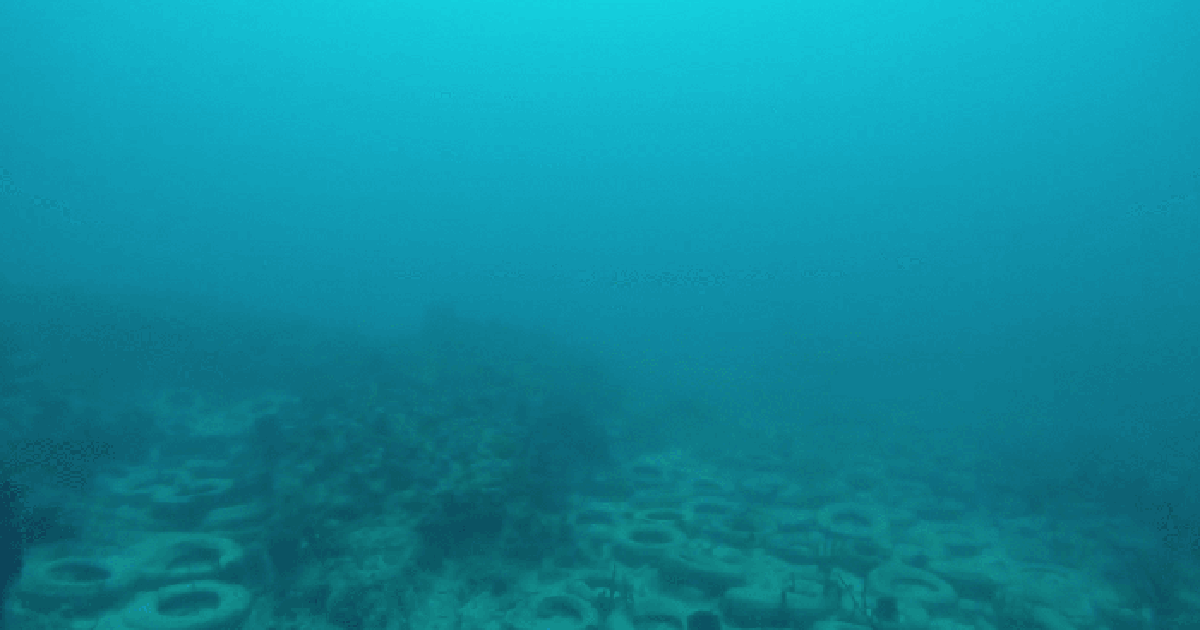The post below first appeared on LinkedIn Pulse, where I updated all my connections on the progress of Project Baseline. I had received so many friendly “likes” and congratulations on my anniversary for co-founding the local chapter of the great Project Baseline initiative.
I did reference the post in my last post here a couple of days ago. I decided today, however that I would post the original post here on my own website too.
This initiative is an important activity for me, even though I don’t actually get to do much on it lately. But the initiative remains close to my heart and interest and it’s only reasonable that the post therefore also finds its place here.
Love to hear your comments.
These days mark my 4th year anniversary of co-founding the local chapter of Project Baseline, the Project Baseline Gulfstream chapter and during this period of time I receive a lot of friendly congratulations on my anniversary via my network here on LinkedIn.
However, I have the impression that most may not really know what this Project Baseline really is, so while I appreciate the friendly congratulations, I thought it might be suitable to provide an update about the efforts of Project Baseline and probably also provide you with a greater insight to what it actually is.
Project Baseline is a non-profit initiative that strives to engage everyone who has a love for the waters around us, to help establish a current baseline for the state of health of the element.
This also means that this is not a job, nor a line of income for me. Instead it is an activity and initiative to which I donate some of my time, expertise and interest. Why? Because it’s a very worthwhile initiative that I believe can bring a lot of value to all and one which we all should have an interest in.
By taking images, videos and writing small reports a baseline for the current situation can be established. Then over time as images, videos and other reports are collected from the exact same location, we can all get an idea of the development taking place.
The data being collected and made available for everyone to gauge into, can help scientists, politicians, policy makers, companies and private individuals make educated analysis of what is going on with one of the world’s most important resources: Our Waters.
As long time divers, we often come back and revisit dive spots over time. Sometimes quite some time later than when we dove a certain spot last. Often when we are accompanied by divers new to a location, they may surface from the dive exclaiming just how magnificent a sight was or indeed how amazing the visibility was. Something to which we unfortunately often would say something along the lines of: “You should have seen it 10 years ago when it was really extraordinary”.
In other words, we who have witnessed a place over many years, have also been witnessing a deterioration of the place.
Yet, with no images to show for. No videos to showcase and no real written accounts, these memories, become just that memories. But the memories lack scientific evidence or pure and simple clear illustration of how things were compared to how things are today.
This is what we are seeking to change with the Project Baseline initiative.
When we go diving we often bring along a video camera or means of grabbing images. So why not grab something, report it and then make it available for others?
When we grab an image today, it establishes a baseline for how it looks today. It will show whatever growth there is, perhaps a beautiful coral and special outcropping or something else.
This baseline then becomes a valuable point of reference to the state of health of the area and its development over time, especially when over time we obtain new images from the same location.
Over time we may see an improvement of the state of health and see that more wildlife has gathered and that the corals are growing. This is great.
Unfortunately, it seems most often that’s not what we are seeing though. Instead we often see a deterioration of the state of health of a location. Dying or disappearing corals or algae growths that tell a story of too much fertilizers migrating from the fields into our groundwater and out to sea, or effects from other problems we humans are a cause of.
We see sand sediments spread over natural coral causing basically a suffocation of the corals. Sand sediments due to beach builds initiatives that do not seem to realize that much of this sand is of a kind that will quickly migrate from where we wanted the sand to stay (on the beach for us to and the tourists to lay on) to places where the sand does great harm.
However, out of sight is often out of mind.
Because all of this is under the water, under the surface, most people will never witness it. It’s often not high on the radar for most people, let alone those policy makers who could potentially move the needle to improve our tomorrows and help save and nurture our precious resources.
With Project Baseline we hope to gain strength in force of many, many private individuals such as yourself who may be diving or somehow else be visiting aquatic areas from time to time. Grab images and videos, give us a small report on your findings. Repeat this over time, and soon we’ll all have a huge database that will clearly tell a story.
A story that can help instill greater awareness and perhaps greater urgency for something to be done to alleviate the problem.
And yes, there are often things that can actually be done to fix our problems and in some cases there are even already funds in place that could be utilized to do so. However, with no public awareness, nor pressure onto local politicians, very often nothing is done.
We hope that we can change this.
It’s not that we are a political organization for that is indeed not our aim at all. But we value our natural resources and I believe we can all agree that often ignorance can kill off our resources. If we do not think much about the issues caused by excessive use of fertilizers for instance and its effects on our drinking water, we may never realize the problems before they are too big or we are too late.
We would like to raise everybody’s awareness, so that collectively we can instill the right cause of action and the right behavior for how we treat our planet and our resources.
To illustrate a couple of cases, allow me to draw your attention to The Osborne Tire Reef and the Hollywood Sewage Outflow.
The Osborne Tire Reef is a man-made reef that was put together using discarded tires bundled together with metal strips and filled with concrete and then dumped in one place to form a reef in the hopes of creating a habitat to attract fish and other wildlife.
Unfortunately, the project has turned into a disaster. The metal strips corroded and the bundles of tires came undone and with every storm that hits the areas, the tires are migrating away from where they were meant to be and are now moving sometimes vast distances.
Many of the tires have already migrated in such a way that they have crushed into, onto and beyond the natural reefs in the areas and have destroyed a lot of what nature took decades to build.
The fix?
Well, it just so happens that there is in fact a fund established which has run for many years. For every tire sold a piece of the price goes to the fund and the money is to help clean up for pollution and mistakes stemming from the industry you might say.
For the Osborne Tire Reef that means the fix would be to make use of such monies to fish out all the tires and recycle them into something of better use with hopefully no associated pollution or worsening state of affairs.
And yes, there is in fact a little bit of clean up taking place currently. There has been previously too. The problem is, it seems the efforts fish up too little and too late. No efforts have been instilled with the aim of getting all the tires fished out, only spurts of getting some spots of the collected area cleaned up.
With several millions of tires being dumped, I believe the collected amount of tires being fished out has been less than 300,000.
It seems to me, the fix would be a heightened awareness to get the job done. More pressure on the policy makers and decision takers, so it can get organized. It’s a doable feat and the money is already there. But the public in general have no knowledge of the issue and that means it’s not high on the political agenda either.
The other specific example I mentioned is that of the Hollywood Sewage Outflow.
Just a little bit out from the beach of Hollywood in the South of Florida, just a little bit away from where locals and tourists flock to visit the beach and bathe in the ocean, a huge sewage outflow spurts out millions of gallons of treated sewage water directly into the ocean.
Yes, the sewage is treated, but that doesn’t mean it’s clean and it doesn’t mean it’s good for the ocean or for the wildlife there either.
Witnessing this site personally, I can say it leaves a big impression. This huge pipe streams out this huge plume with great force. Millions of gallons – each and every day.
It is what we jokingly may refer to “the shittiest dive ever”.
But it really is no joke.
Problem is, just like that of the Osborne Tire Reef, that this is below the water surface, so in general nobody knows of it and nobody thinks of it.
We hope our efforts may help change some of that and we ask that you help share and comment in on publications such as this one. We ask that you reach out to local politicians and get them engaged in solving it. We ask that you help monitor local spots with your images, videos and reports and we ask that you donate to our cause and organization so that we can do more.
Oh, and the fix with the Hollywood Sewage Outflow?
Well, possibly the Hollywood Sewage Outflow could be fixed by setting up engineered wetlands, quite possibly using some of the vast areas of nearby Everglades.
I’m no scientist by any means, but I’m a concerned citizen who have witnessed these two cases in person on several dives. I’m concerned about the state of health of our waters and you should be too.
It seems evident that nothing gets done without public pressures directing attention to the problems. Collectively we may just make a difference.
Will you help us out?


